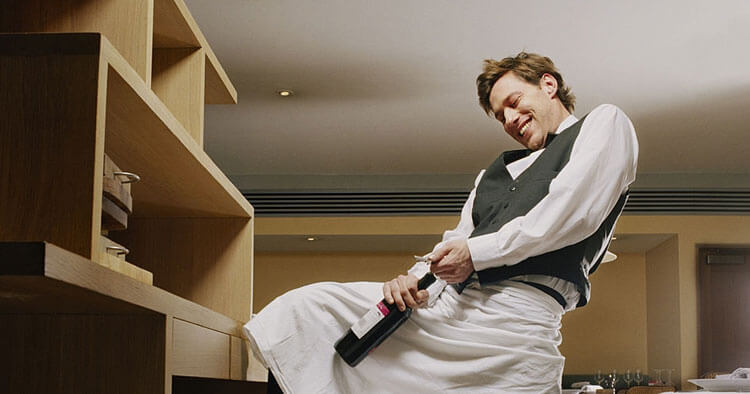Muscle Pain and Tendinopathy, Sports Injuries and Management
Muscle Of The Week: The Biceps Brachii
Biceps Brachii Muscle Anatomy
The biceps brachii muscle draws its name from Latin, biceps meaning “two-headed” and brachii meaning “arm.” This nomenclature describes the muscles structure and location, being a two headed muscle which lies in the upper arm between the shoulder joint and the elbow.
The two heads of the muscle are referred to as the long head and the short head, both the long and short heads of the biceps brachii muscle arise from the shoulder blade. The two heads then join together to form a single muscle belly as they pass down the upper arm working together to with a common functional goal. Together with the short head, the long head of the main function of the biceps brachii is to act as a flexor of the arm at the elbow joint and secondarily as a supinator of the forearm. Supination with regard to the forearm is a movement where by the action is to turn the palm of the hand facing upwards as if paying in a shop and putting your hand out to receive the change. Equally as important as taking change for many, is that without your biceps brachii you would have great difficulty opening an old fashioned wine bottle sealed with a cork. The bicep first works to help unscrew the cork by assisting supination (the twisting action of the forearm as you wind out the cork) and then contracts strongly to help ease out the cork from the bottle working to flex (bend) the elbow.
A Two Headed, Two Joint Muscle
Of the two heads of the muscle, the long head is the larger of the two muscle bodies, taking its origin on the supraglenoid tubercle of the scapula and remains tendinous as it passes through the shoulder joint. Coming from the top of the socket, passing over the head of the humerus (the ball) before merging with the short head which takes its origin from the apex of the coracoid process at the front of the scapula. The muscle belly formed by the union of the short and long head makes up the distinctive bulge at the front of the upper arm that gym goes spend hours growing and sculpting for functional and cosmetic reasons. The insertion of the biceps brachii muscle is below the elbow where the tendon attaches itself on to the tuberosity of the radius and aponeurosis of the biceps brachii. Unlike the other elbow flexor muscles in the front of the arm, the biceps brachii is unique and crosses two joints the long head coming from above the shoulder and the insertion being below the elbow meaning it is therefore able to act on both the shoulder joint and the elbow create movement and stabilise.
The Function Of The Biceps Brachii Muscle
As previously mentioned your biceps brachii is a two joint muscle and depending on the positioning of the arm the short head and long head of biceps can exert different actions on the shoulder. However when the origin of the biceps in the shoulder blade is fixed, the main action is for the biceps brachii is to flex (bend) the elbow joint. The action of moving the forearm toward the shoulder (such as performing a classic biceps curl at the gym). Conversely when the insertion of the biceps muscle at the elbow is fixed, the muscle works again to flex the elbow joint, but this time moving the upper arm toward the forearm rather than the other way round (this action would occur during the gym exercise referred to as performing a pull-up or chin-up).
An often over looked but very important function of the long head of biceps tendon is that through its attachment to the top of the shoulder socket and subsequently its path through the shoulder in the bicipital groove of the proximal humerus the biceps long head can assist the rotator cuff tendons acting as a depressor and stabilizer of the ball in the shoulder socket. Through this function it can play a significant role in shoulder function and subsequently is often attributed to as being a common source of shoulder symptoms when torn, ruptured, compressed, inflamed….
Disclaimer: Sydney Physio Clinic provides this information as an educational service and is not intended to serve as medical advice. Anyone seeking specific advice or assistance on Muscle Of The Week: The Biceps Brachii should consult his or her physiotherapist, general practitioner or sports medicine specialist.



